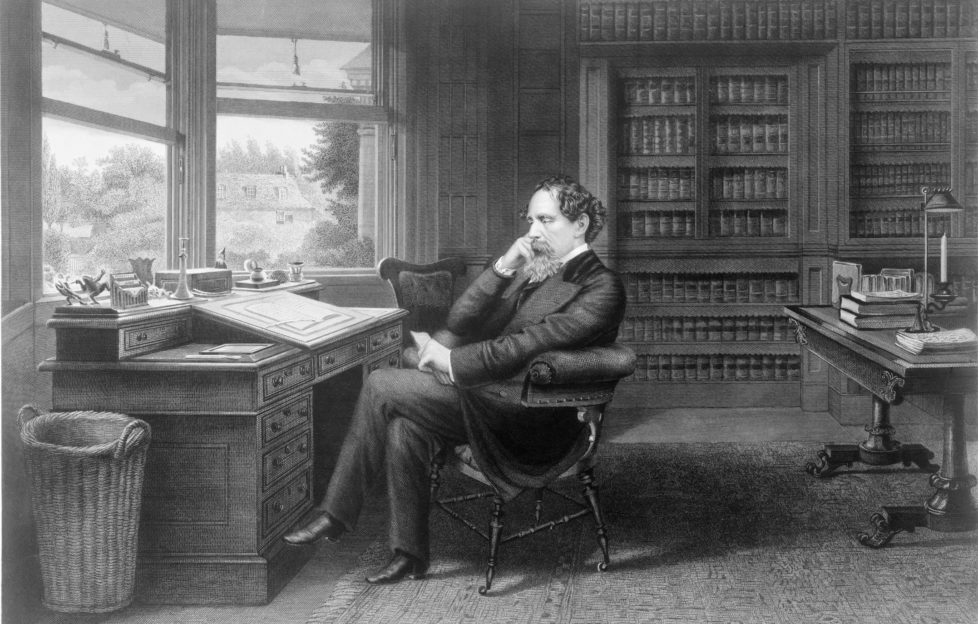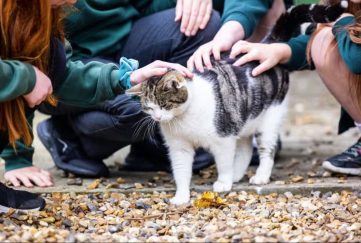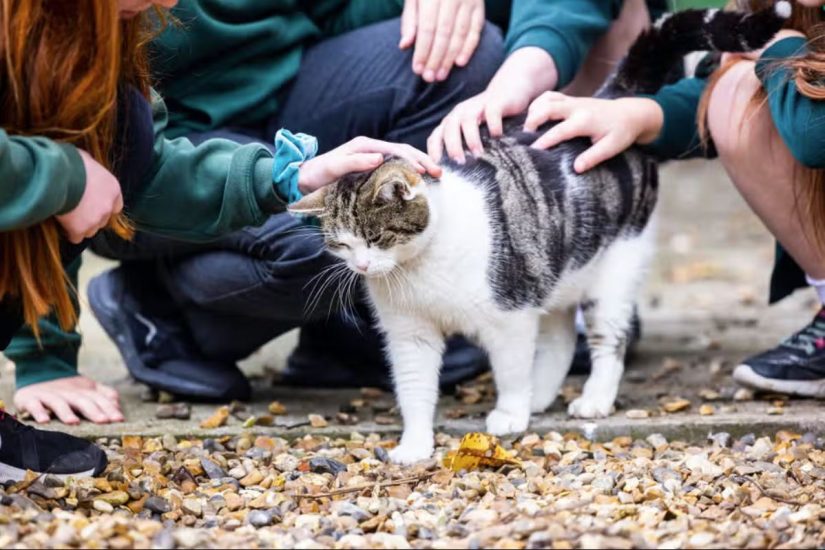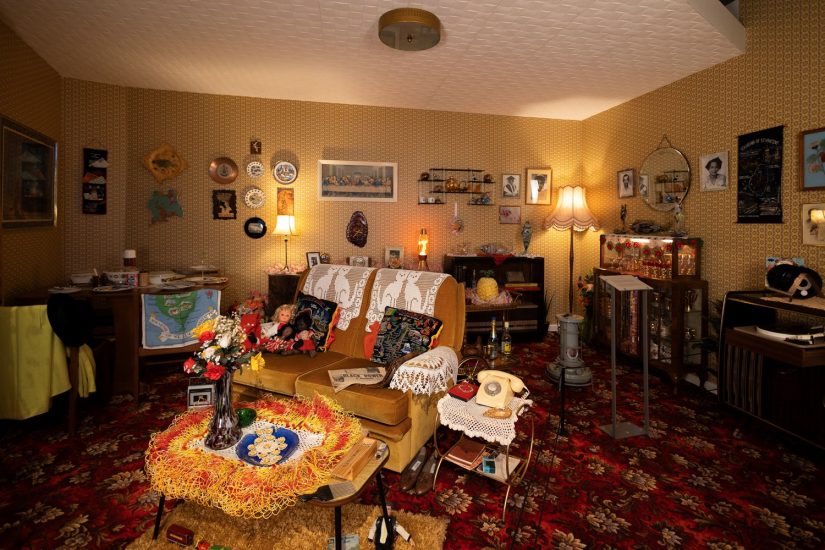What Did Dickens Do For Christmas?

This article was written for us by Dianne Boardman, and was published in the November 13 issue of “The People’s Friend”.
We actually owe Christmas, as we celebrate it today, to Charles Dickens.
One hundred and seventy-six years ago, he brought it out of the doldrums and showed people how it should be done, with the 1843 publication of his book “A Christmas Carol”.
Before then, Christmas Eve and Christmas Day were minor holidays leading up to a bigger celebration on Boxing Day.
The festival, having been cracked down on by Puritans in the 17th century, had fallen out of favour. The main British holiday was Easter.
Charles Dickens’s publishers, Chapman & Hall, already upset over the falling sales for his monthly serial, “Martin Chuzzlewit”, didn’t think anyone would want to read about a minor festival and declined to publish it.
But the author knew that Queen Victoria, recently married to Prince Albert, had adopted his custom of decorating a Christmas tree, together with the idea of it being a time for family celebration, and that people would follow.
So he agreed to pay for the publishing himself. This despite his precarious financial situation and the fact that his wife, Catherine, was expecting their fifth child.
But he was right. After publication on December 19, orders were flooding in from town and country alike.
He loved the book, and was elated with the public’s response
Six thousand copies had sold by Christmas Eve. However, high production costs meant that the book didn’t make the profits he had hoped for.
By the end of 1844 it had run to 13 editions, but criticism was made of the book’s lavish binding with its gilt edges, as it kept the price high and thus it was unavailable to the poor.
Even after “A Christmas Carol” had sold 15,000 copies the following year, he had still only made a modest amount. And that was eaten up when Dickens sued a rogue publisher for issuing pirate copies.
When they declared bankruptcy, Charles Dickens was left with all the court costs.
The whole event led to the final break with his publishers and his move to a rival company.
Still, he loved the book and was elated with the public’s response.
Years later he made it the subject of both his first and last public readings.
He had written about Christmas before. “The Pickwick Papers” featured the miserable Gabriel Grubb, who was stolen by goblins on Christmas Eve, only to return a changed man.
He later went on to write four more stories featuring Christmas.
But none of them caught the public’s imagination like this one.
Not even money could save his nephew
Charles didn’t just write the book for financial reasons, though.
He had become very concerned with the problems of the Victorian working classes, and the poverty engendered by increasing industrialisation.
Seeing children working in appalling conditions in the Cornish tin mines had angered him. And after a visit to the Field Lane Ragged School, one of several for London’s illiterate, starving street children, and the publication of a parliamentary report exposing the horrors of life for working-class children, he was determined to publish a pamphlet on the subject.
The idea for “A Christmas Carol” came to him when he was visiting his sister.
He was concerned for his sister’s five-year-old disabled son, Henry, the model for Tiny Tim, realising how much harder his life would be if they were poor.
Sadly, not even money could save his nephew in the end.
Dickens gave a rousing speech at Manchester Athenaeum, urging workers and employers to join together for educational reform, and quickly realised that stories worked better than dry facts.
So he wrote a novella in six weeks of feverish labour, and walked the streets of London in between.
This story, with its beautiful imagery, telling of the transformation of an uncharitable miser called Ebenezer Scrooge one Christmas Eve, is known worldwide.
It is a frightening story. Yet, in the end, the redemption and happiness on Christmas morning leaves the reader with a good feeling along with the moral lesson.
If Scrooge can be redeemed, there is hope for us all!
Nothing says Christmas like being kind to people
It reminds us that Christmas should be about family, generosity and love for one’s fellow man. It should be full of fun, with lavish meals, games and singing.
Dickens sought to make people aware of those less fortunate than themselves, in the hope that they would be moved to help.
Ultimately, nothing says Christmas like being kind to people.
God bless us, every one!
Looking for reading inspiration this Christmas? Click here to browse our book reviews.
Click here to return to our homepage.










